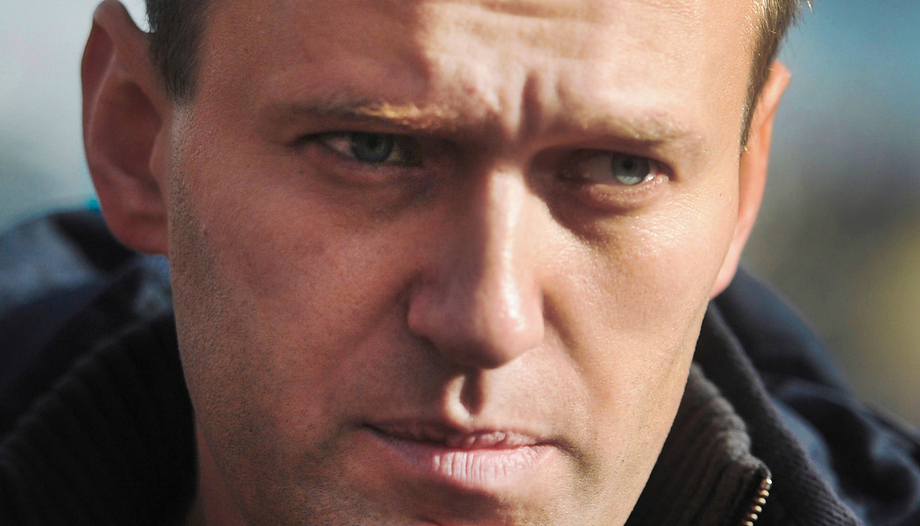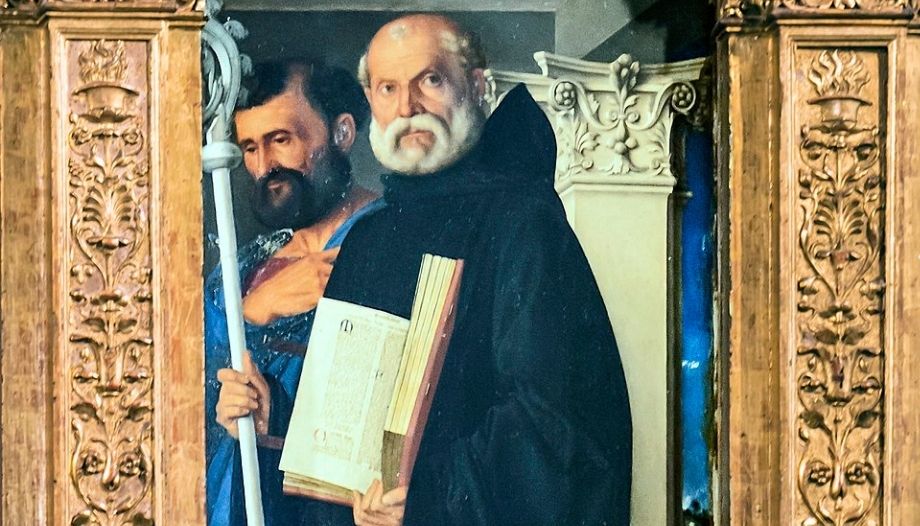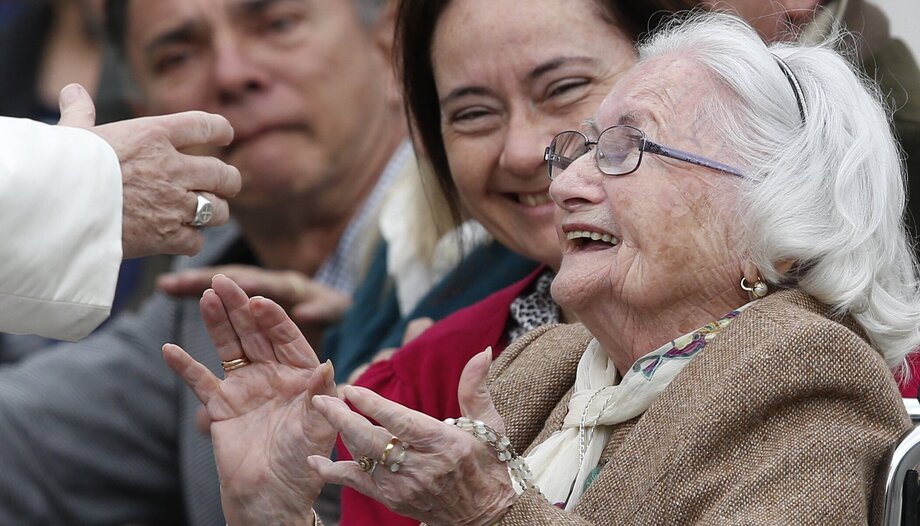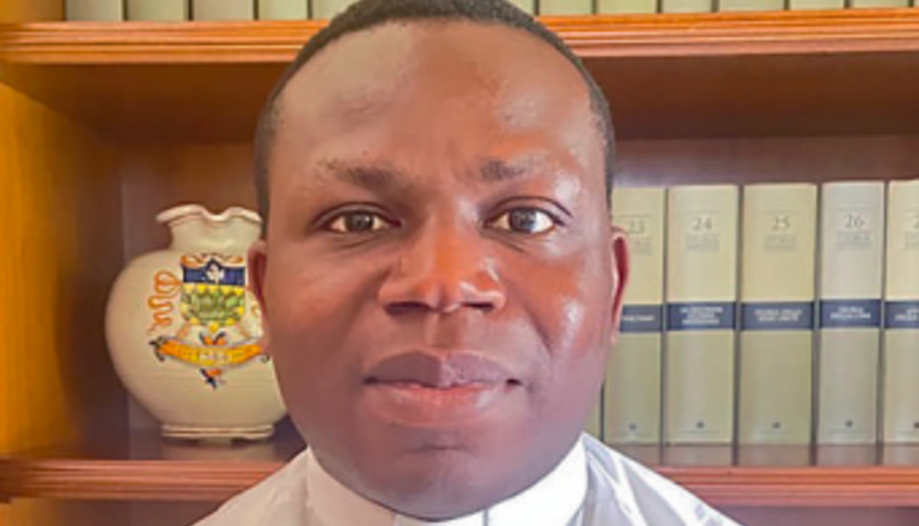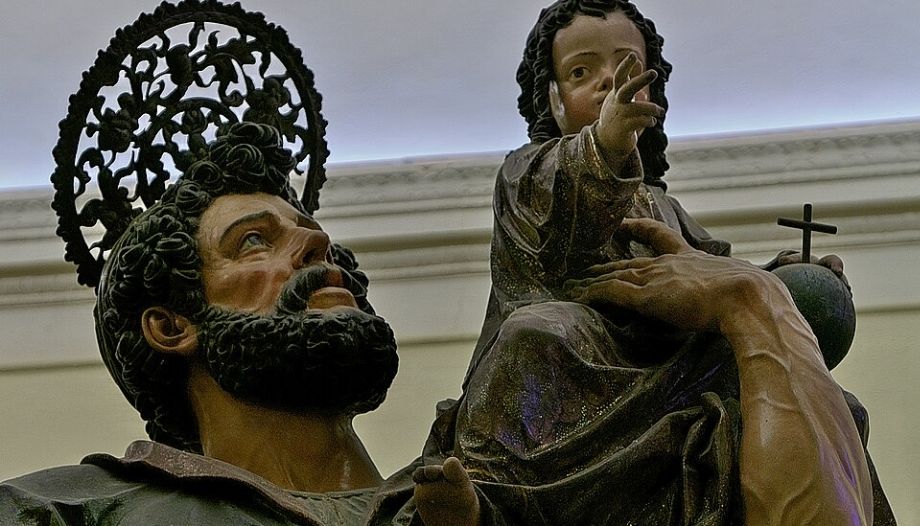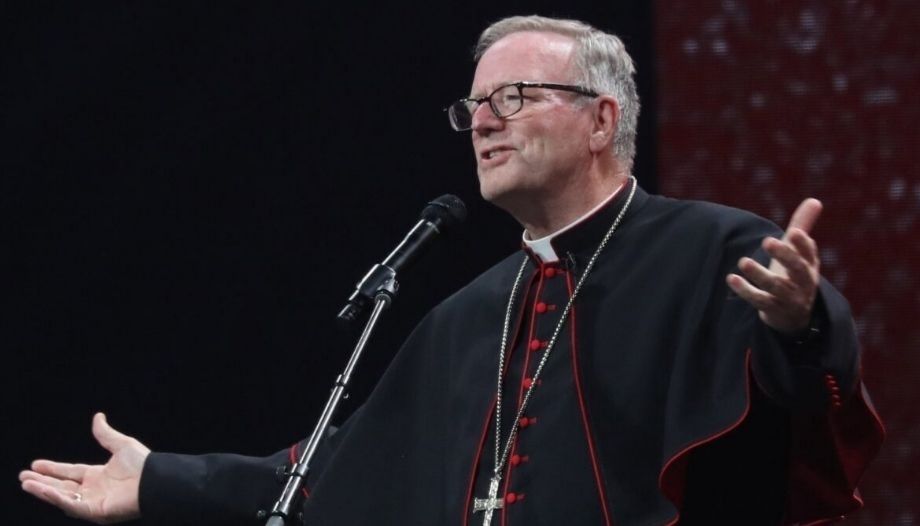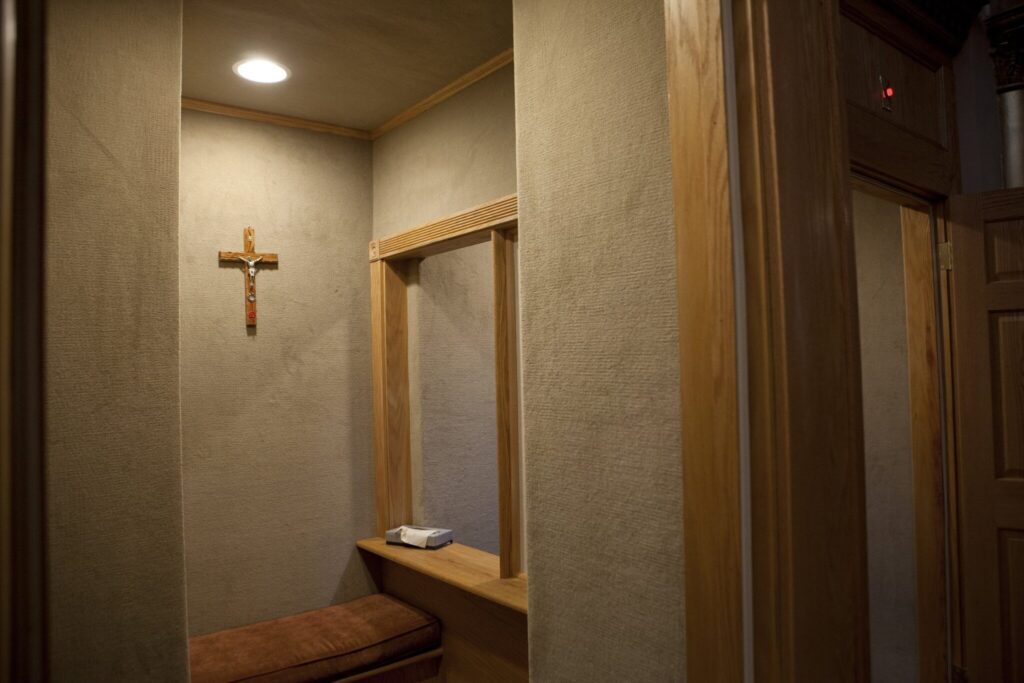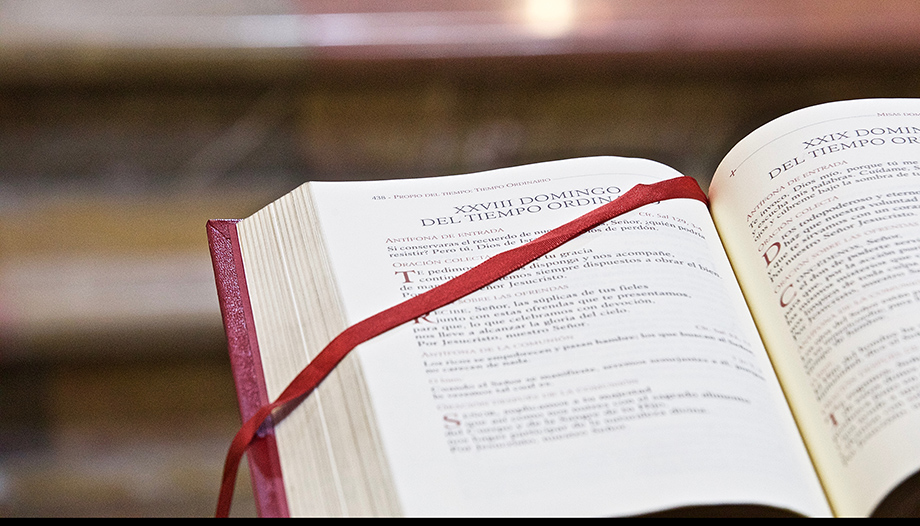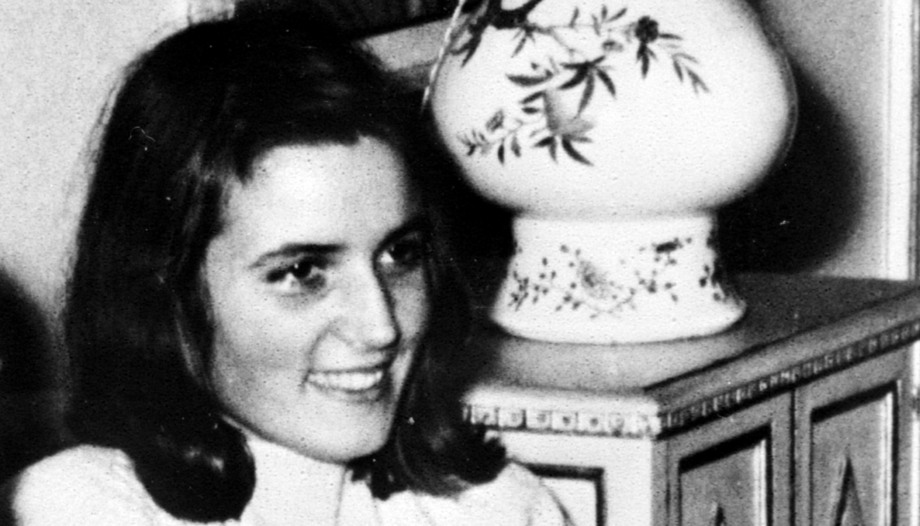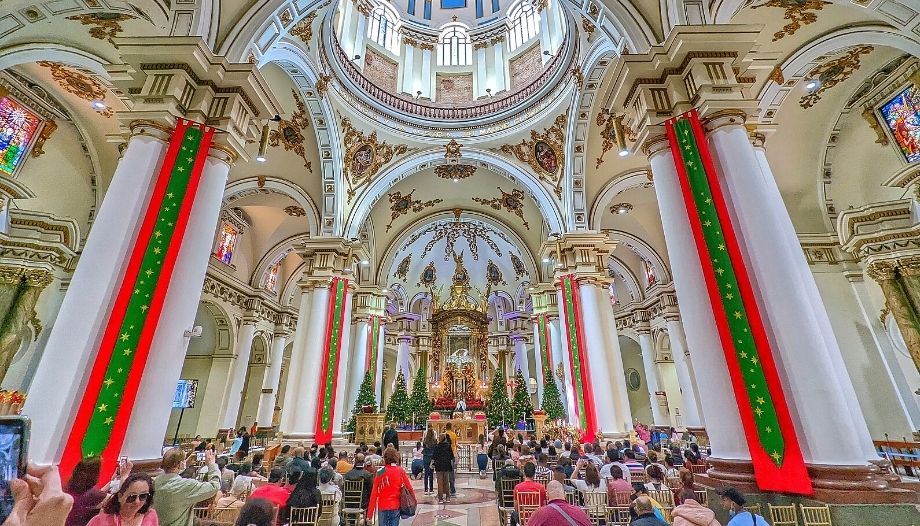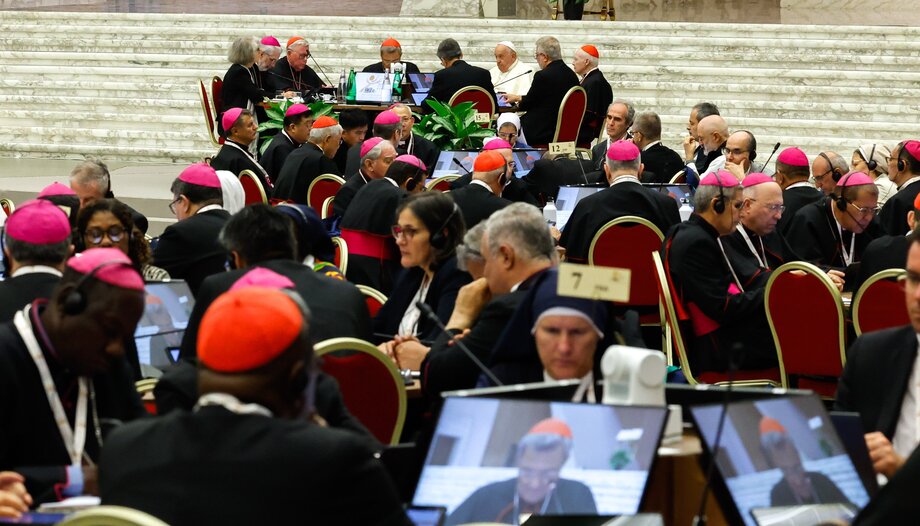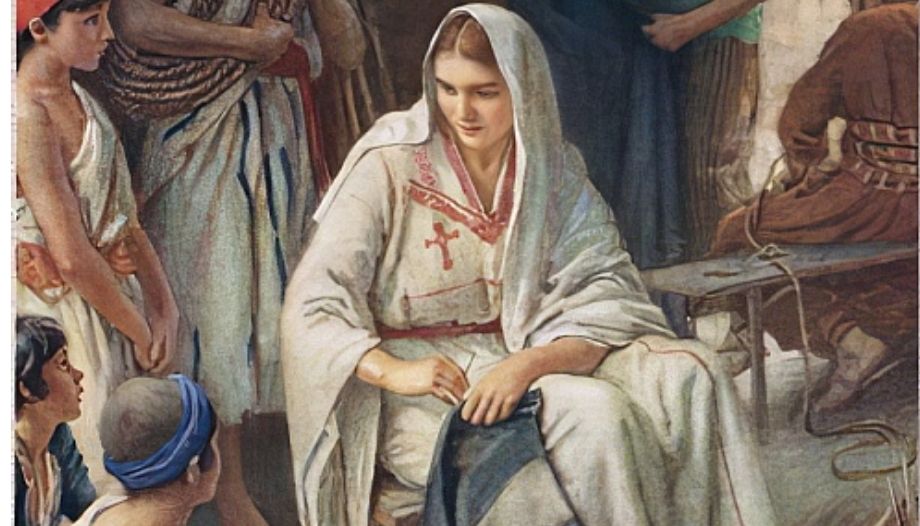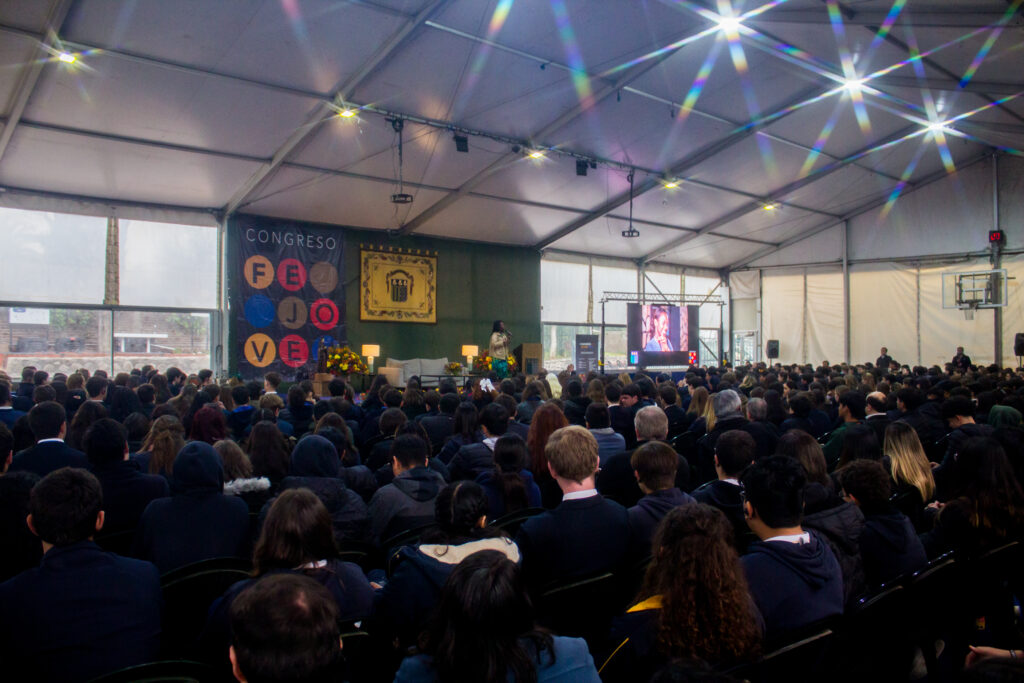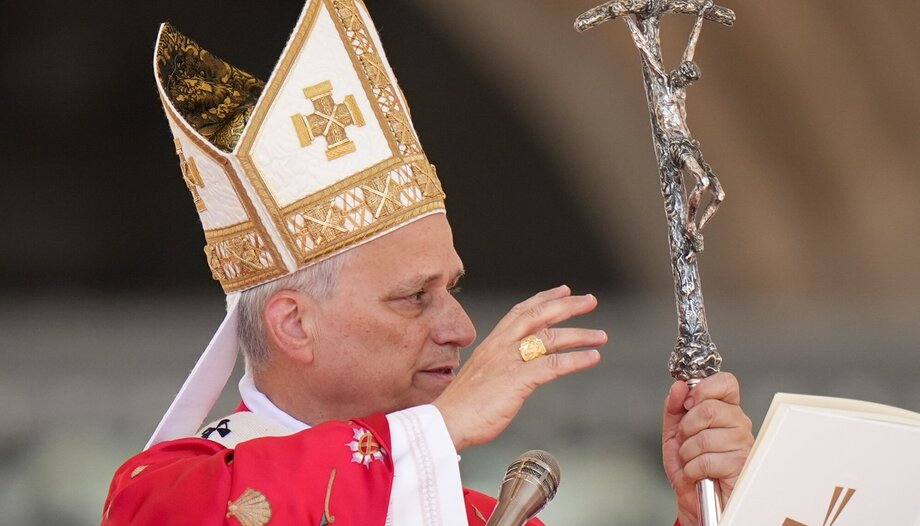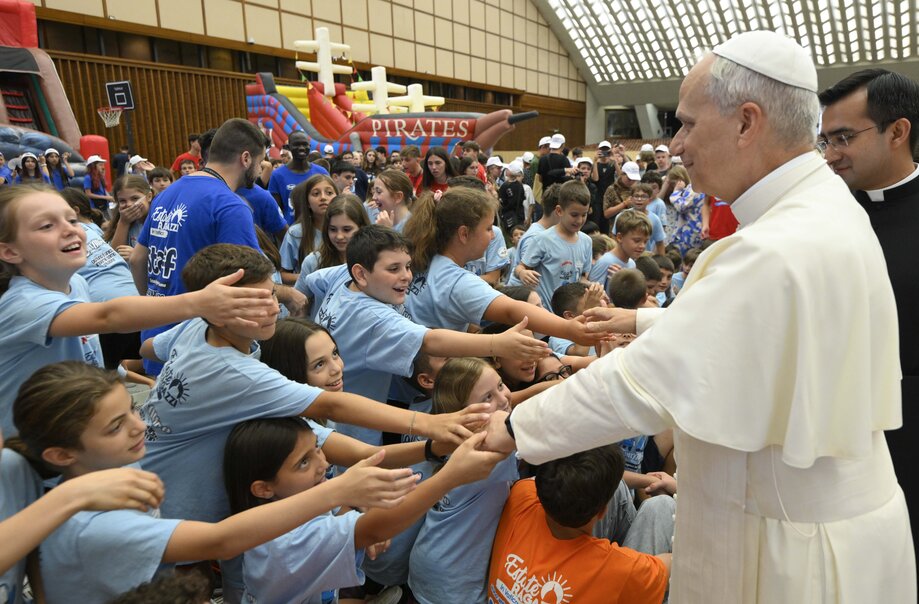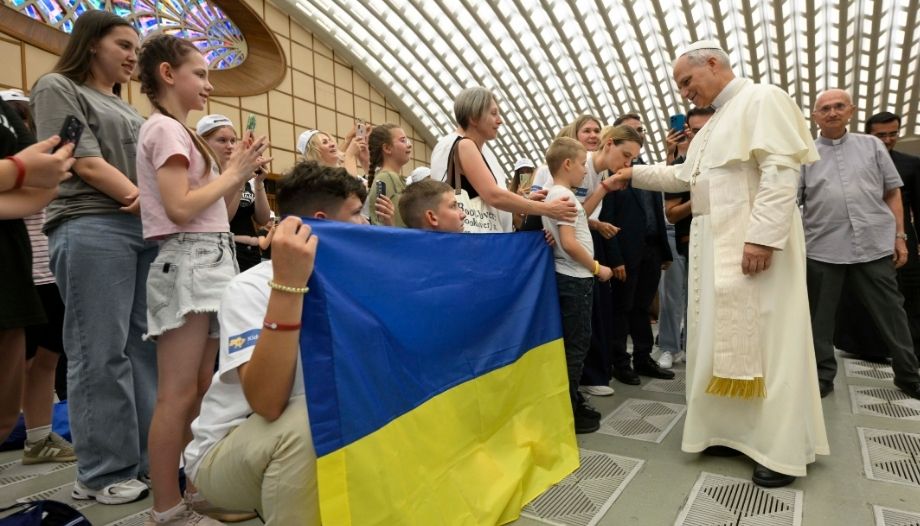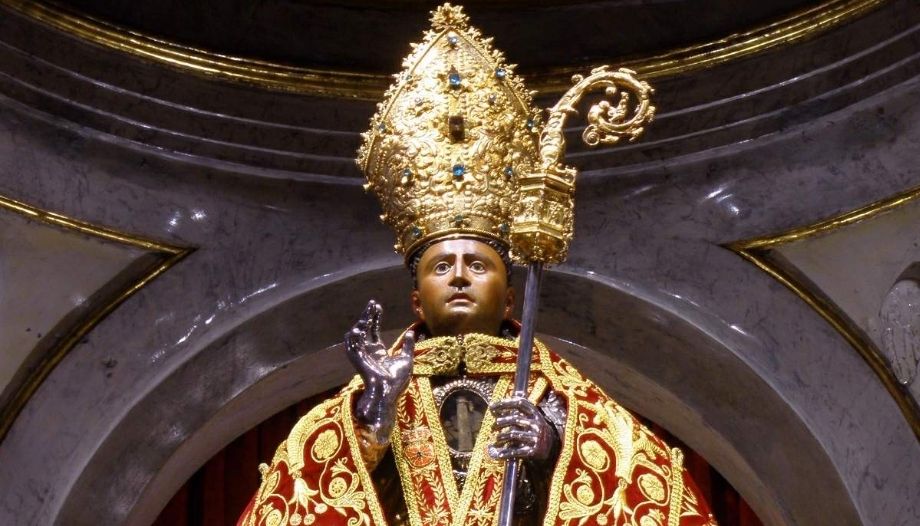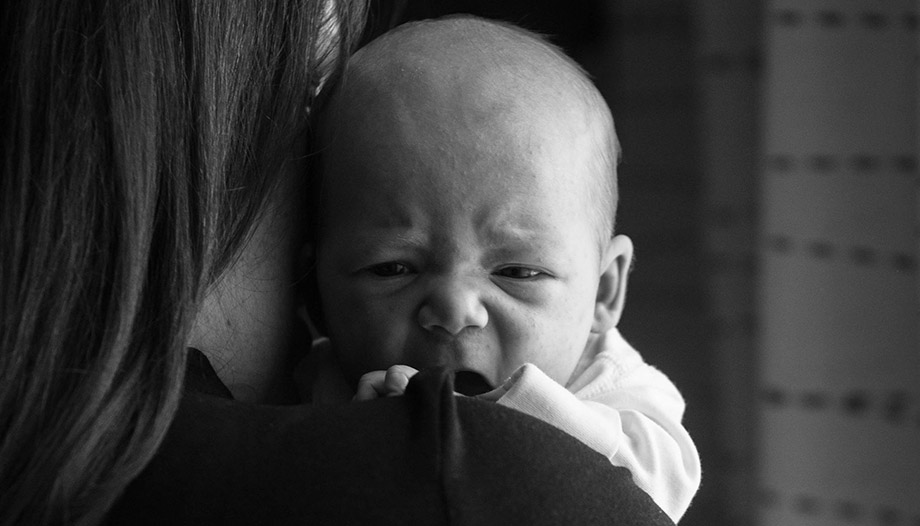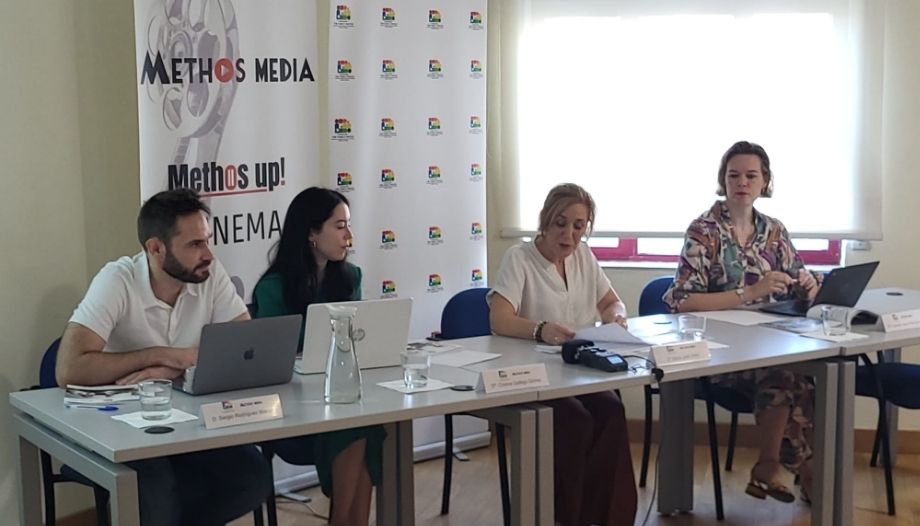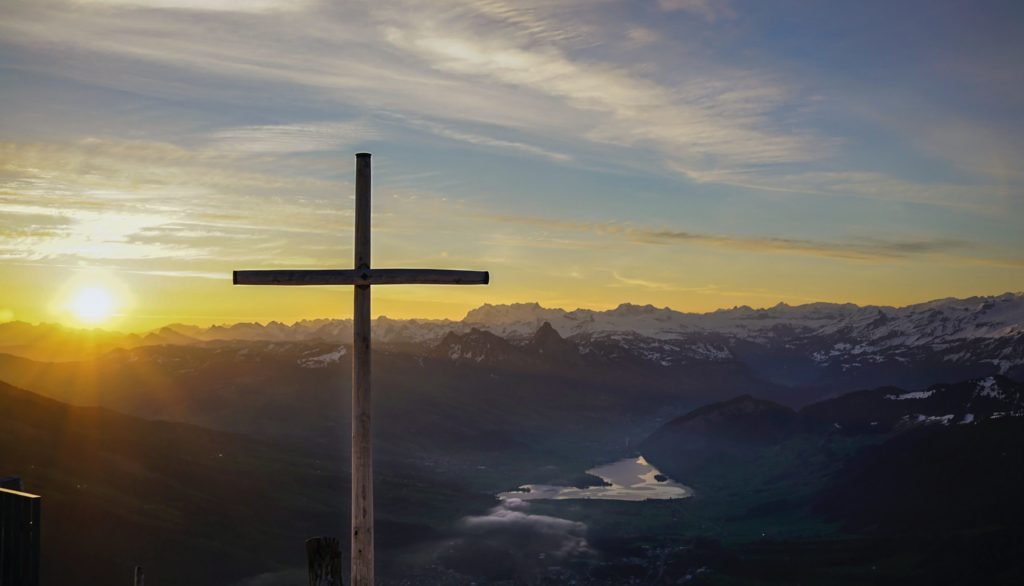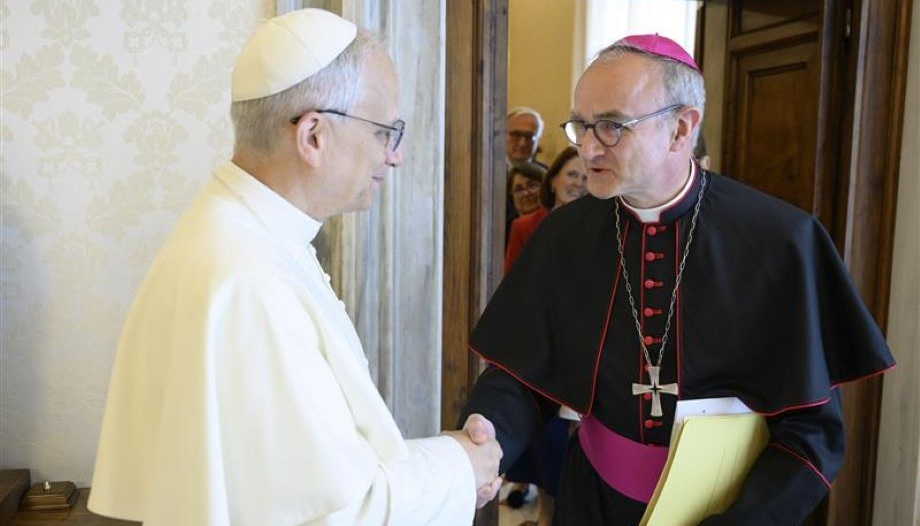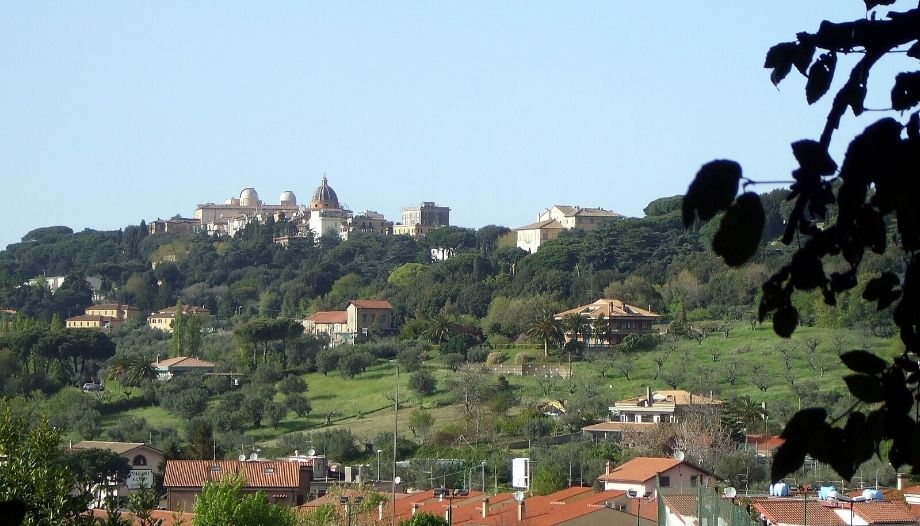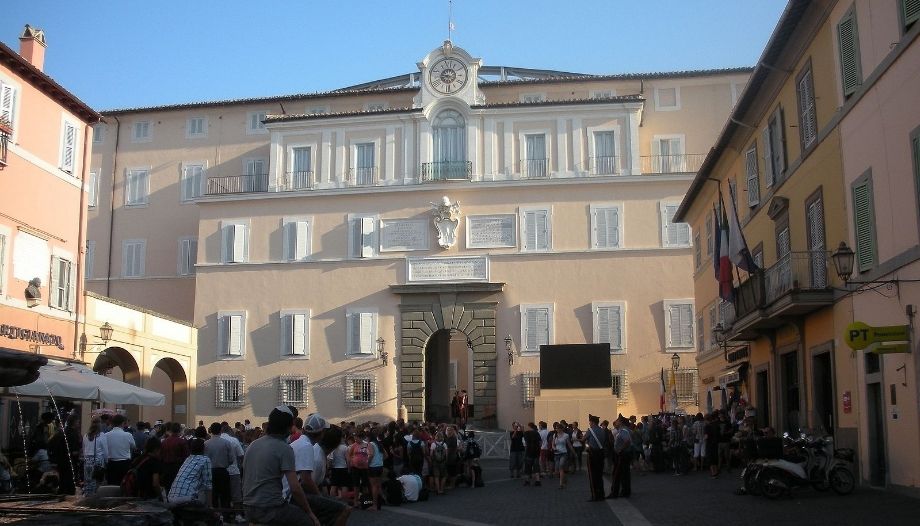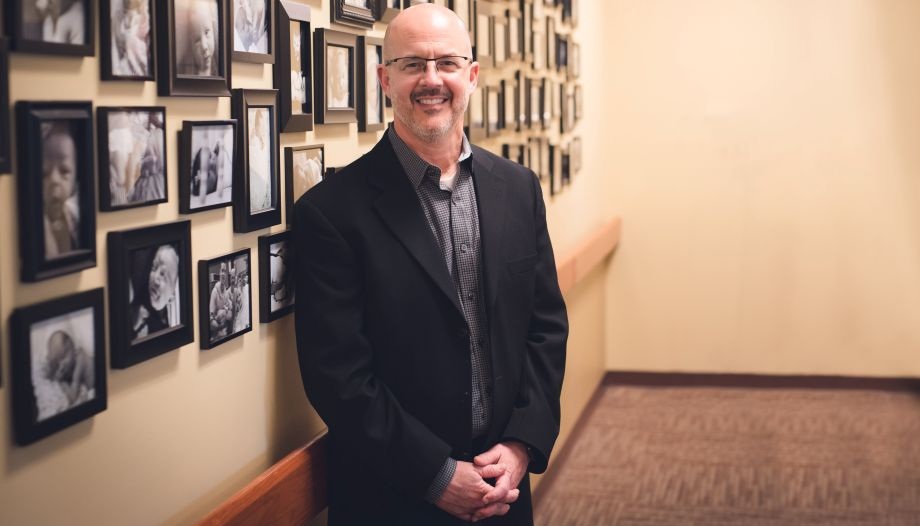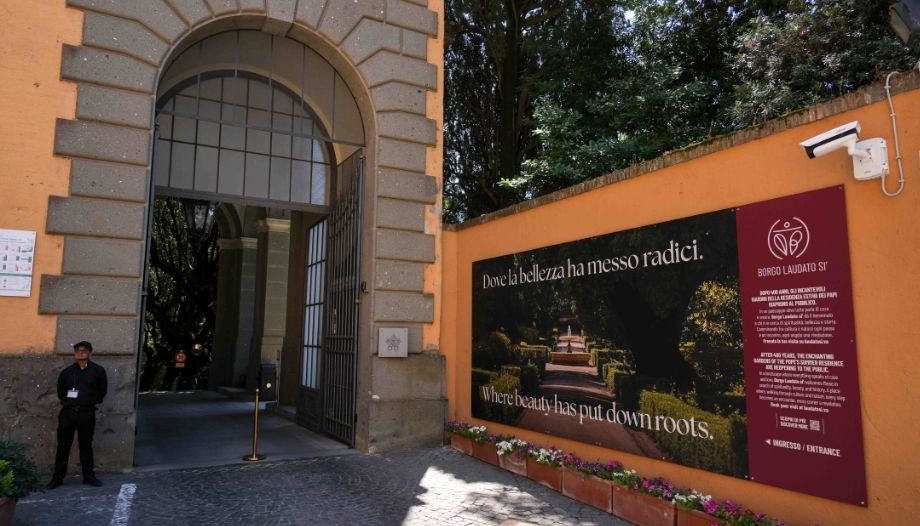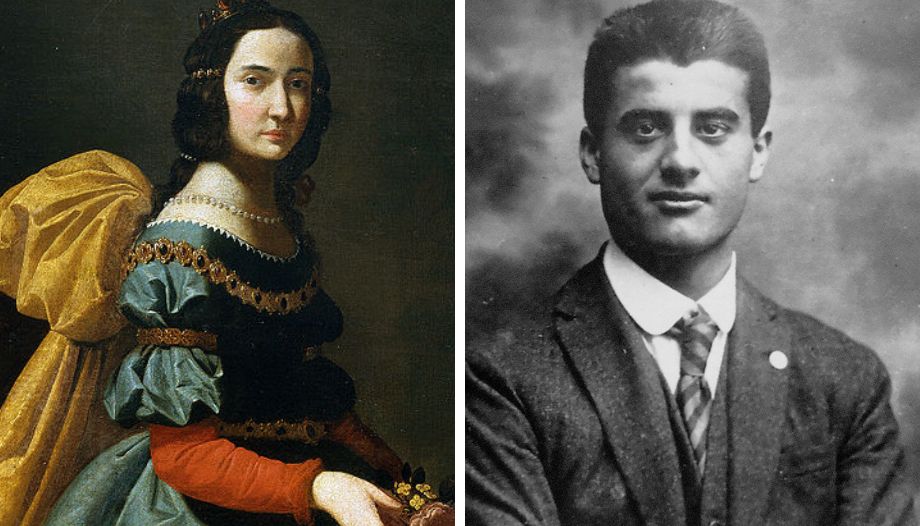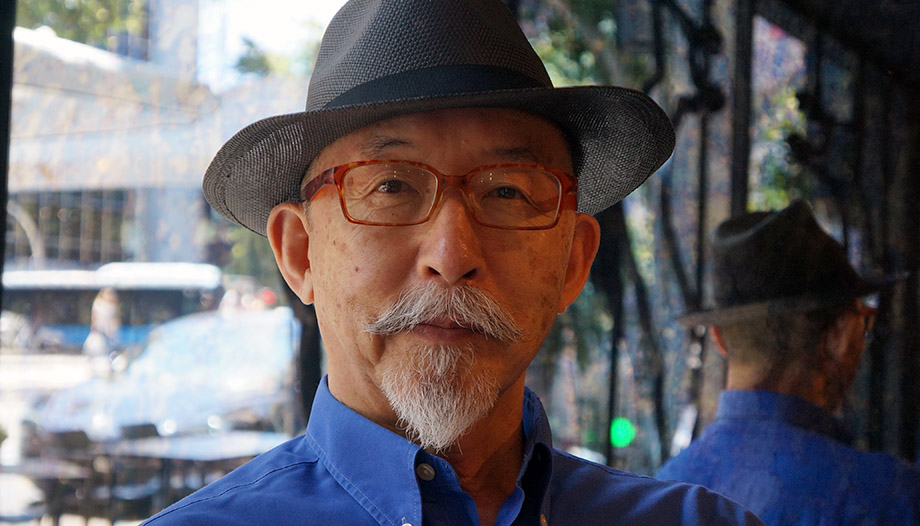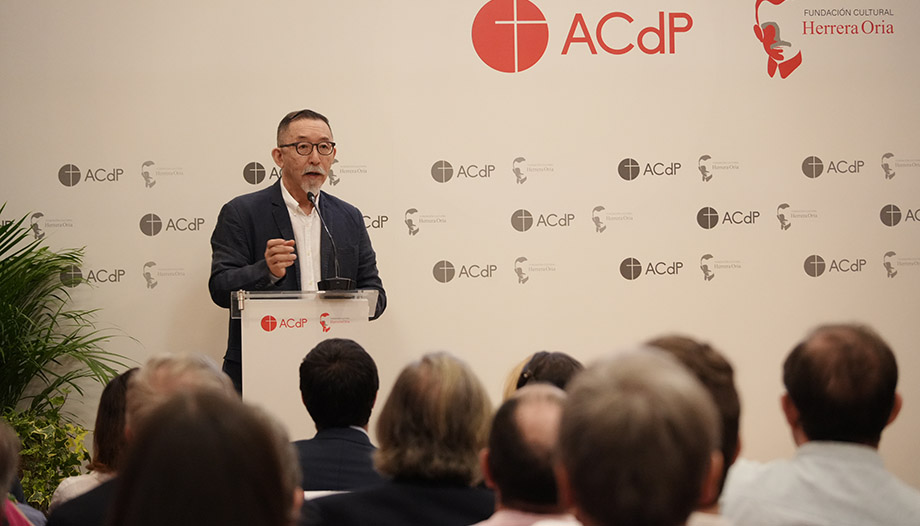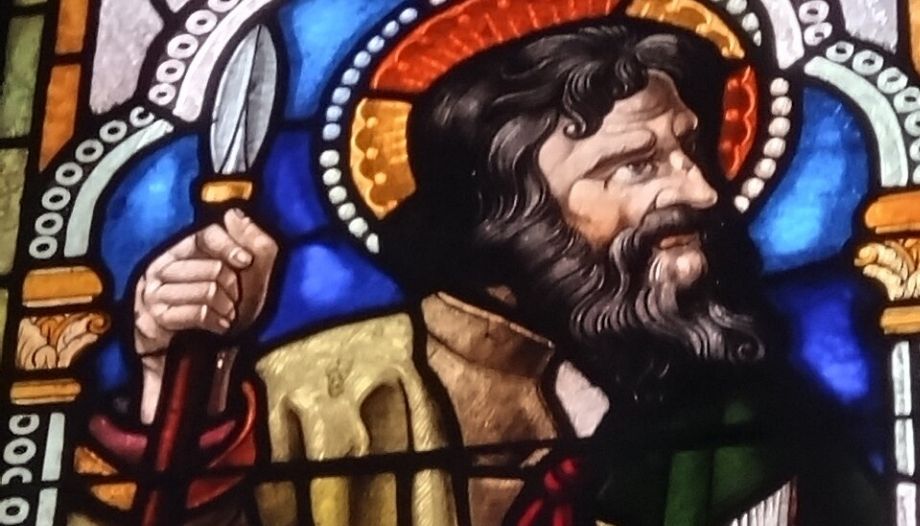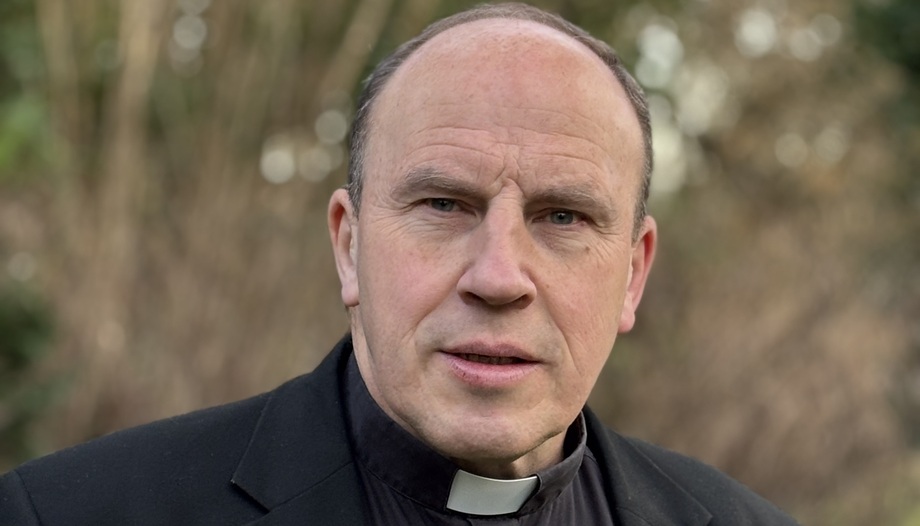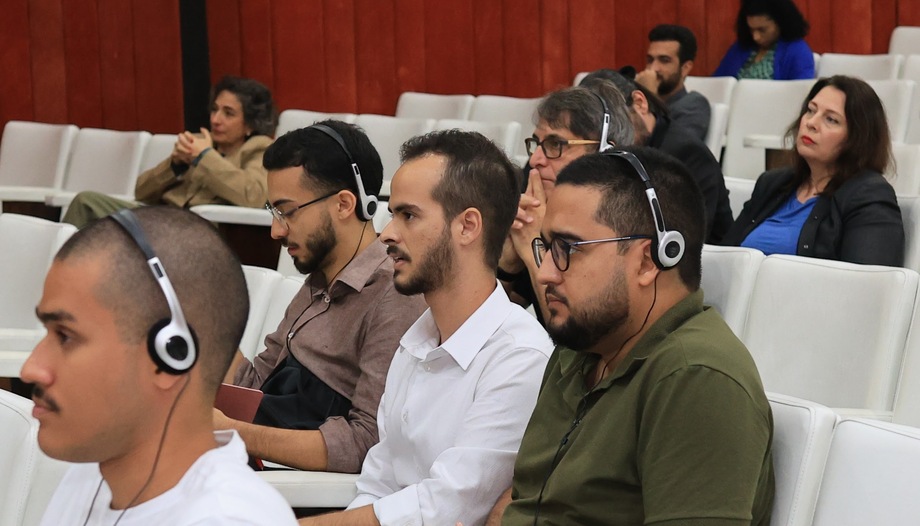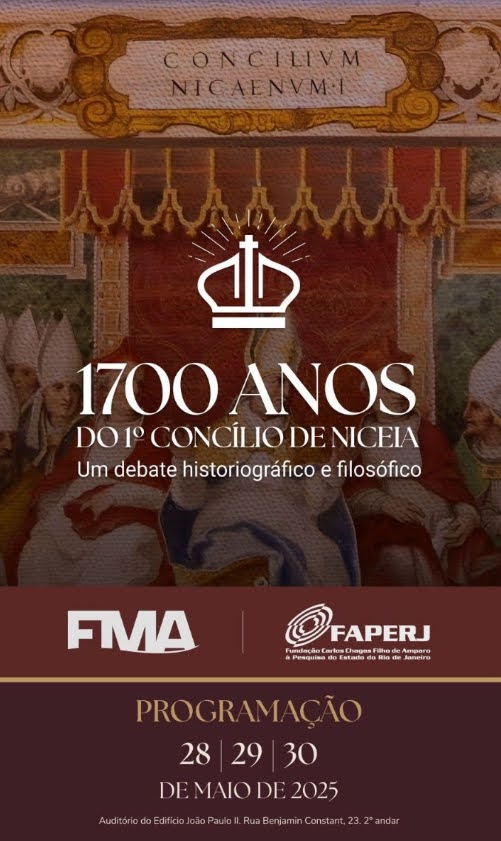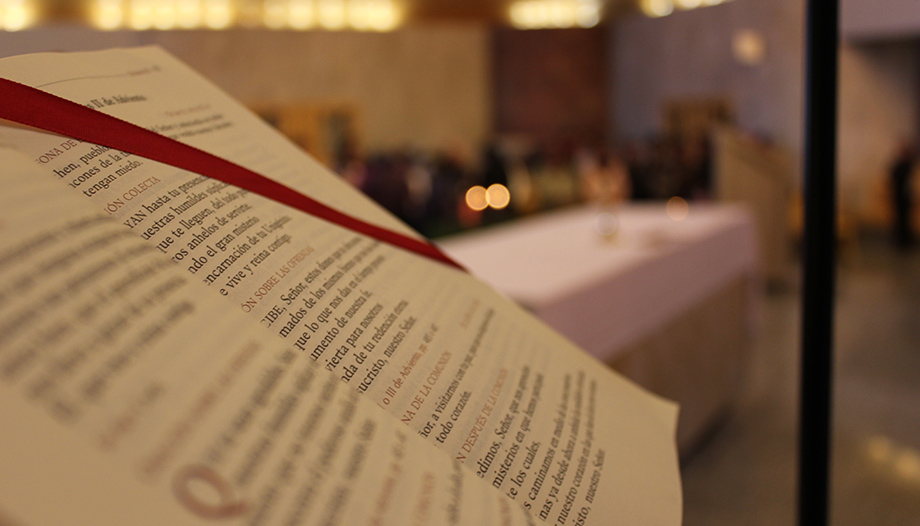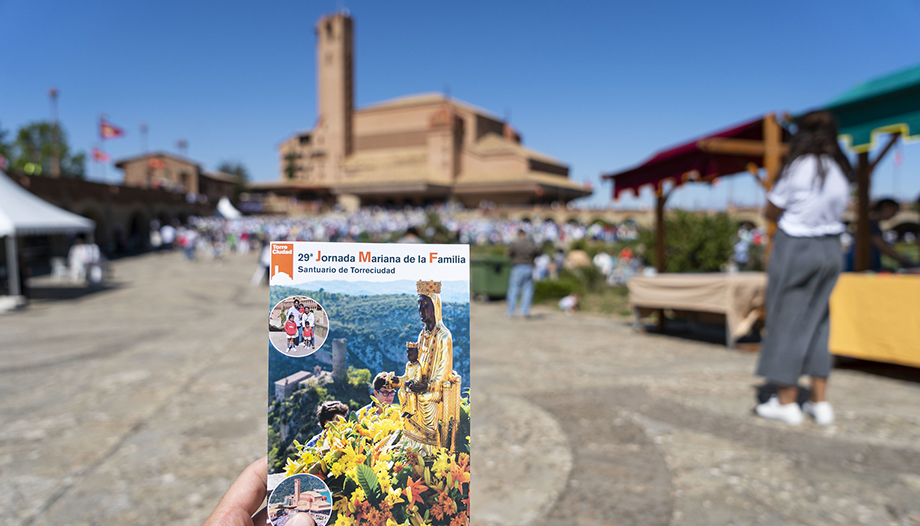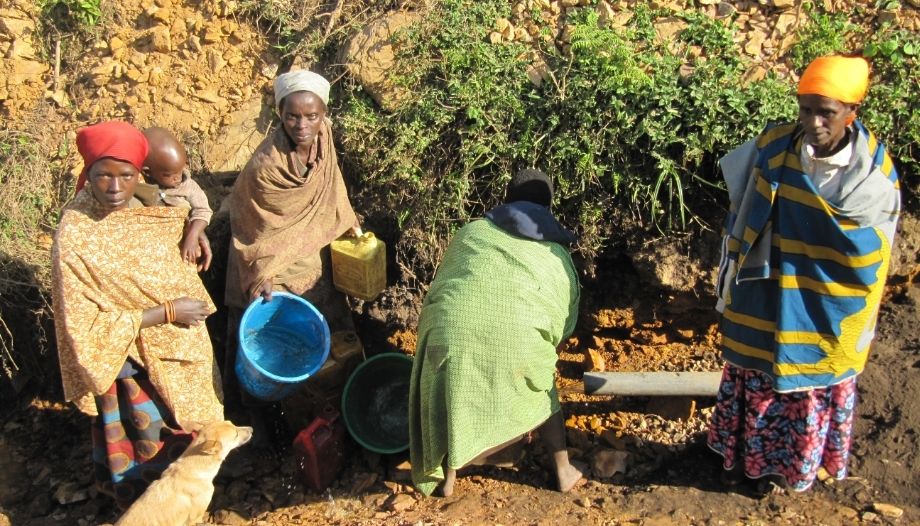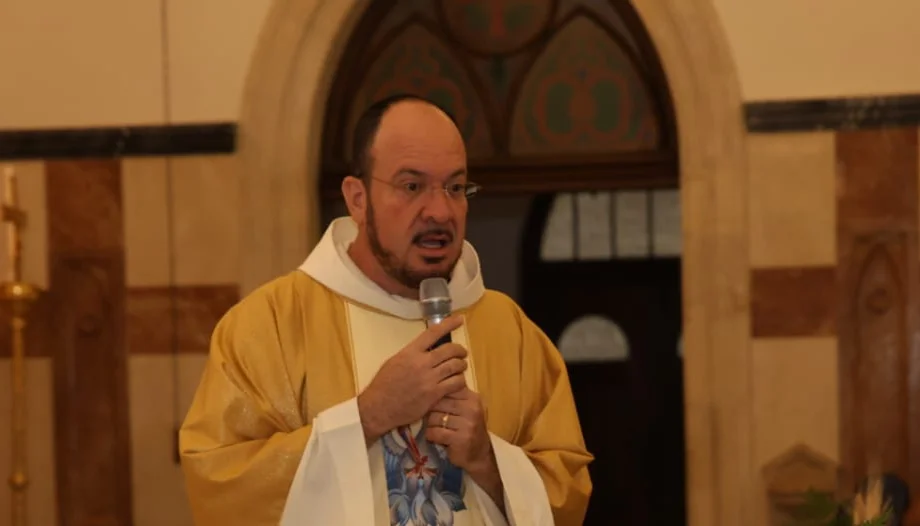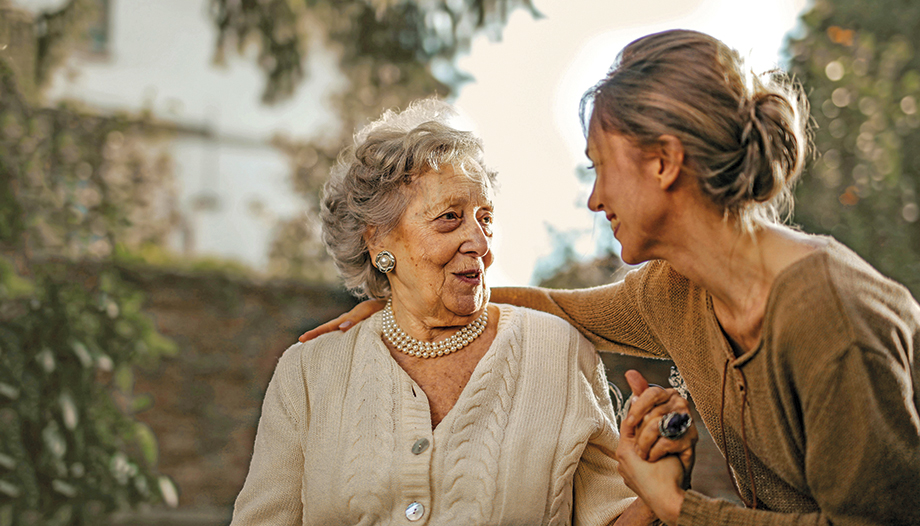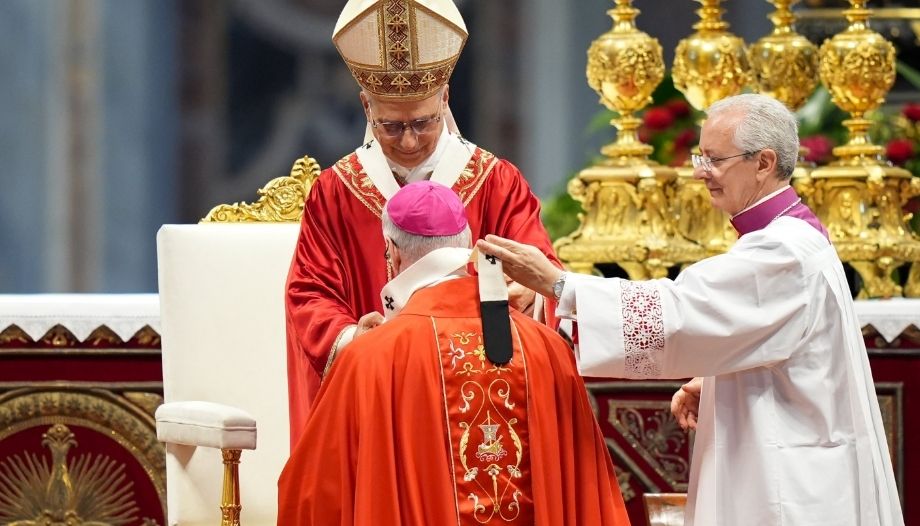A few days ago I saw the film "Maria", directed by Pablo Larrain and starring Angelina Jolie, centered on the last days of Maria Callas' life: an intimate portrait of the sad and lonely end of one of the most iconic and talented personalities of the 20th century, a great woman, "divine", as she was called, who clings to her memories and searches, without ever finding it, that immensity that made her the most famous opera voice of all time.
Between New York, Athens and Italy
Larraín's film makes no shortage of references to specific episodes in the life of the artist, who was born in New York on December 2, 1923, the second child of Greek immigrant parents. The family spent her early years in Queens, later moving to Manhattan. There were frequent disagreements between Callas' father and her mother, always hard and controlling with her youngest daughter.
With her mother and sister, Maria returned to Greece at the age of 13 and at the Athens Conservatory began her musical training in earnest, studying singing with the great Spanish soprano Elvira de Hidalgo. Already at an early age, her voice was distinguished by its power, extension and color, able to move naturally from dramatic to operatic or light registers.
He had the opportunity, during the Nazi occupation, to perform several times in Greece, but returned to his father, in New York, to look for scripts, before arriving in Italy, where his career could definitely take off, with his decisive debut at the Arena di Verona in 1947, under the direction of Tullio Serafin, who would become one of his mentors.
In the meantime, she met her manager and later husband, the Veronese businessman Giovanni Battista Meneghini, who was many years her senior.
Her debut at the Maggio Fiorentino was also memorable, and then she went on to the Fenice in Venice, the San Carlo in Naples and, above all, to La Scala in Milan, where she became the undisputed queen (her rivalry with the Italian Renata Tebaldi, who preferred to leave Italy and settle in New York to escape from her, is well known).
Maria Callas, the diva
In the 1950s, at the height of his career, he starred in operas such as Standard and La Sonnambula (Bellini), Tosca (Puccini), Lucia di Lammermoor (Donizetti) La Traviata (Verdi), returning in many cases to the Scala repertoire and other masterpieces that had ceased to be performed for lack of interpreters capable of enhancing their vocal technique and dramatic quality. In this, in fact, Callas was even chameleonic: capable of tackling a vast repertoire, from Bellini to Verdi, from Puccini to Wagner, with a powerful vocal instrument combined with an unparalleled stage presence and interpretative ability.
She was also chameleon-like in her physical transformation throughout her career, which led her to lose 36 kg and to have the graceful and ethereal figure with which she is also remembered in the fashion world: she lost some 36 kg (from the initial 90 to 54) in a relatively short period, becoming a style icon.
Callas and Onassis
In 1957, when a difficult period was beginning for her due to voice loss and accumulated stress, an encounter took place that was destined to change her life and career forever. A guest on the yacht of another famous Greek, the tycoon Aristotle Onassis, she and her husband took part in a cruise along with other prominent personalities, including Winston Churchill and Onassis' own wife.
From then on, it was not only Callas, but Callas and Onassis: a stormy relationship developed between the two, always at the center of the society news, which led the singer to leave her husband, and neglect her career for Onassis, with whom she remained until 1968, when he left her to marry (out of interest) Jacqueline Kennedy. Maria found out from the newspapers and was devastated.
The last few years
Meanwhile, her career faded, as did her voice and her happiness: she made few public appearances (the last and memorable Tosca directed by Franco Zeffirelli, in London, in 1964; a film with Pasolini, Medea, in 1969; a master class in New York between 1971 and 1972; and a last and troubled world tour with tenor Giuseppe Di Stefano, with whom she had also fallen in love, in 1973-74).
A period of isolation followed, locked up in her apartment on Avenue Georges Mandel in Paris, accompanied only by her dogs and servants, well documented in Larraín's film. Even more alone than the heroines she had played, such as Violetta Valéry, Tosca, Mimì, in 1977, Callas died at the age of 53, officially of a heart attack, but many spoke of a slow and conscious agony, of a broken heart. Today it is known that, in addition to her unhappiness, what caused her death was atherosclerosis, a degenerative disease of the arteries that also causes damage to the vocal cords and that would affect, and hasten the end, of another great voice of the twentieth century: Whitney Houston.
The work and legacy
Opera is a complete art form: it combines music, singing, theater and scenography to tell universal emotions and stories. Born in Italy at the end of the 16th century, it is one of Italy's most typical cultural elements.
Unfortunately, today it is in decline, but I remember that, when I was a child, it was very often broadcast on radio or television and so many people, from all cultural and social strata, were enraptured by the music of Verdi, Rossini, Puccini and so many others. In fact, practically every family had its own improvised opera singer, gifted with a particularly beautiful voice, who would liven up a dinner party or a village feast with a famous aria.
It was in this context, marked by the postwar period and the subsequent economic boom, that Maria Callas' art found such a favorable humus. Italians, and not only Italians, adored her and, among opera connoisseurs, either loved or hated her: she had a voice that was not exactly perfect by operatic standards, dark in the low tones but capable of reaching the overtones of light sopranos. In addition, Callas had a stage presence and an ability to "act with her voice" that endowed her characters with an unprecedented vitality.
She was also a great professional: she rehearsed for hours and hours, she was never satisfied, but the final result was something that enraptured the audience.
Those who, like me, have not had the opportunity to hear her live, appreciate her video recordings (or the numerous records and performances of operas or entire concerts), including a famous concert in Paris in 1958, in which she performed "Una voce poco fa" from Rossini's Barber of Seville.
Rosina, the protagonist, is a sweet and apparently fragile girl, but very determined, and in fact she sings: "I am docile, I am respectful; I am obedient, sweet and affectionate. But if you touch me where my weakness is I'll be a viper and a hundred traps I'll lay". Callas, firm in her stance, can only move her eyes and hands to bring a character to life, consciously. She herself declared that one movement too many in the theater runs the risk of compromising the entire performance and that one must know how to dose the use of the hands, taking care to always remain faithful to the story and the score as conceived by the composer.
Maria Callas, success and loneliness
As Montserrat Caballé, the great Spanish soprano who adored Callas and was herself admired, said of her, María "had success as her only companion... And when this success was eclipsed, she was left alone".
And Caballé was the opposite of Callas, from certain points of view, because she knew how to find the right balance between art, motherhoodmarriage and work. This helped her, paradoxically, to have a much, much more enduring career than Callas, who would also have dreamed of being a wife and mother (she is said to have become pregnant by Onassis in the early 1960s without being able to carry the pregnancy to term).
Maria Callas was a great woman and a great artist, divine, but she dreamed of being a wife and a mother. She was not given to be everything she wanted to be, but perhaps we can venture that hers is a motherhood that has given many children artists and many people who today, almost 50 years after her death, still love her.
I imagine her still there, greeting us with the words of a famous Catalani aria: "Ebben, I will go far away, as the echo of the pious bell goes away".




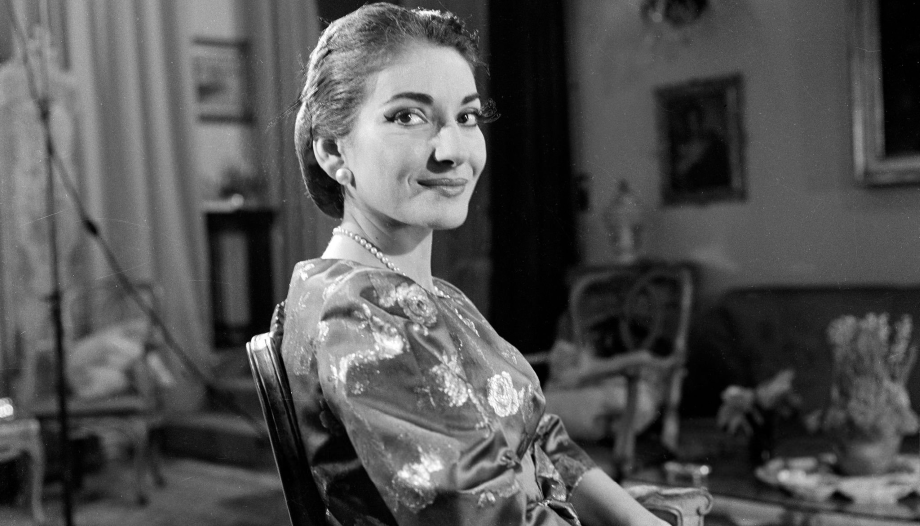



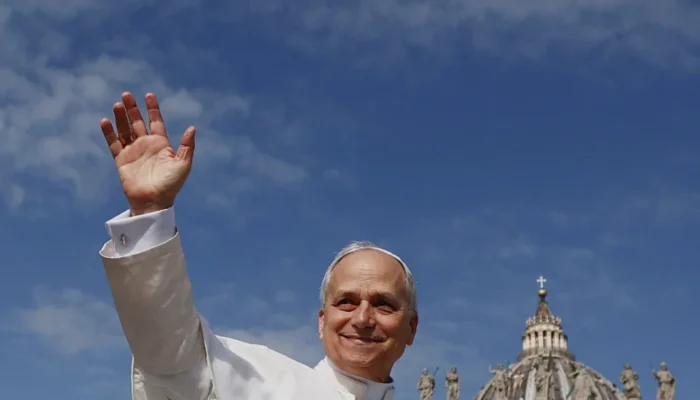

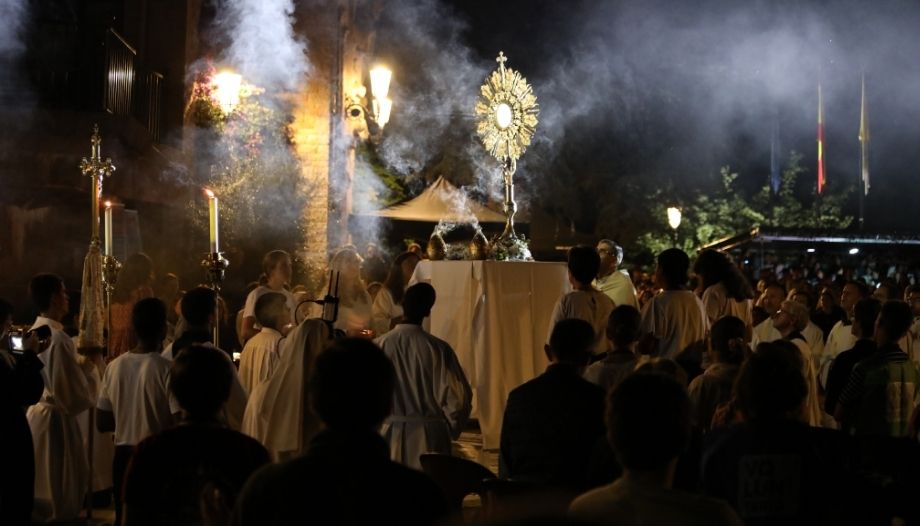
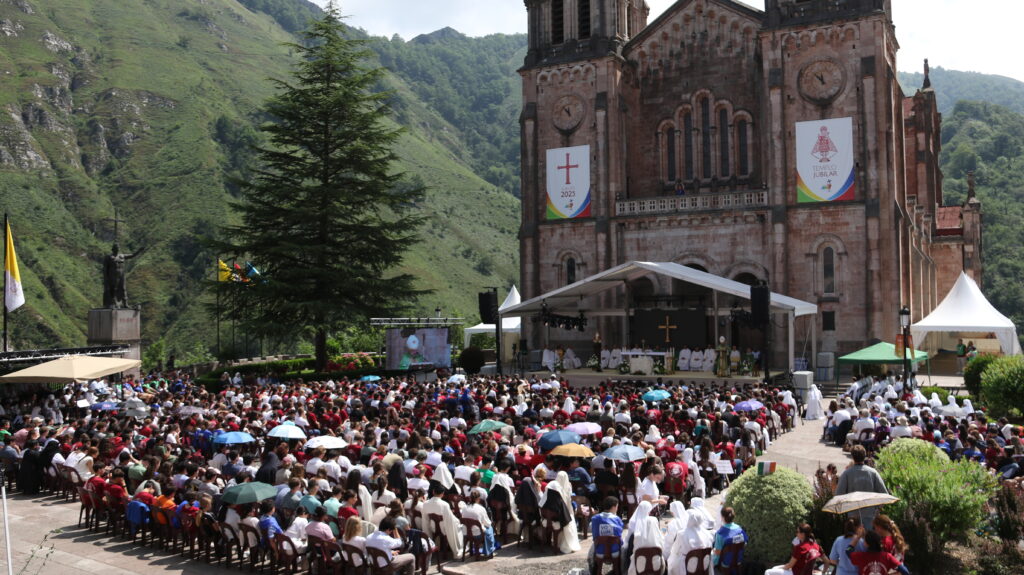
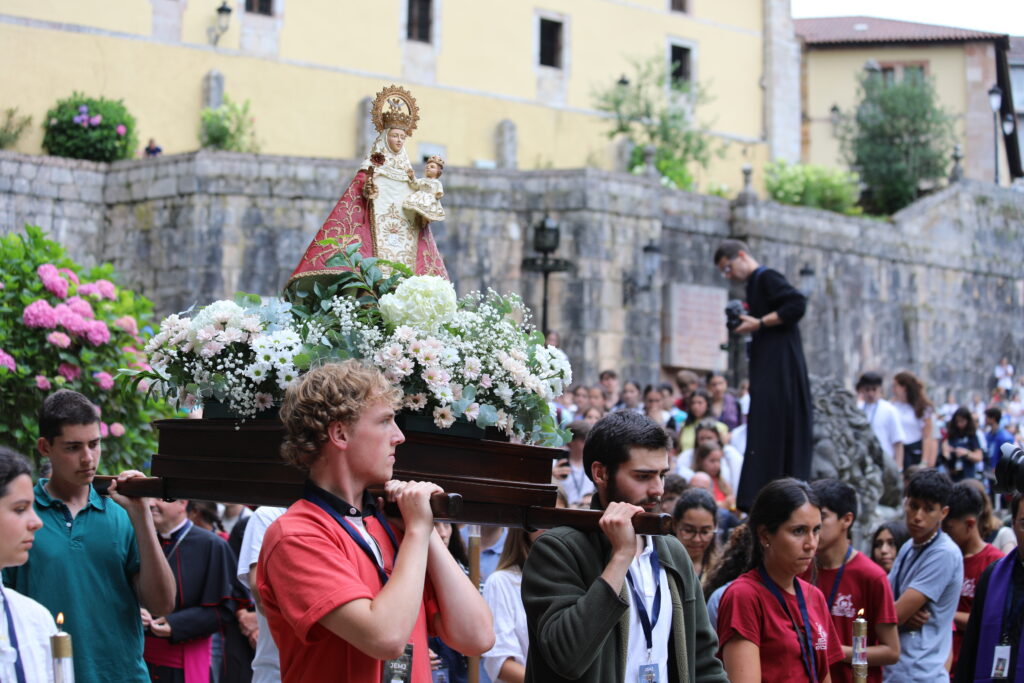
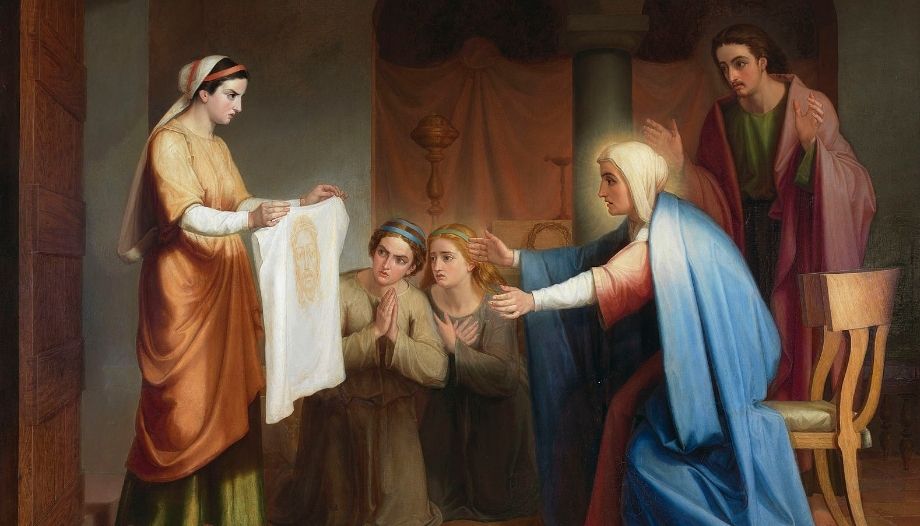
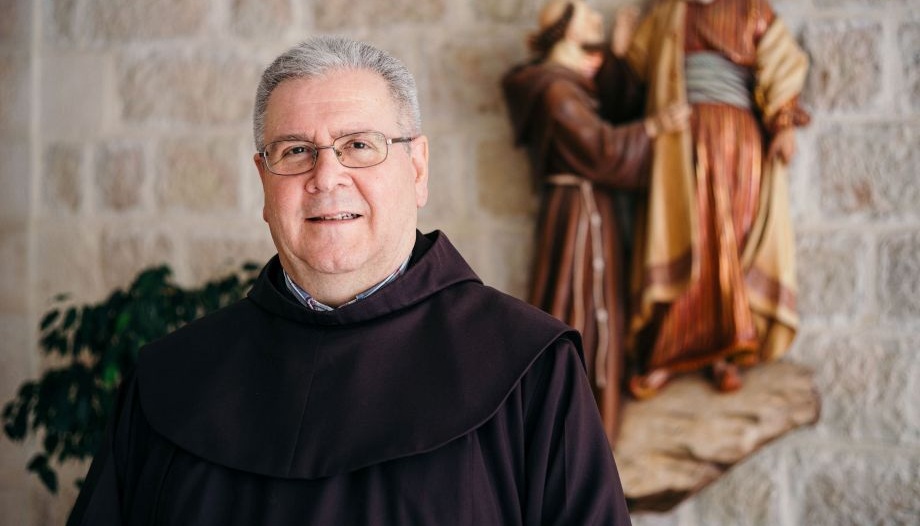
 Parish Priest in the Holy Land: "In our parishes there are Christians of Eastern rites, Protestants, Jews and Muslims who honor Mary".
Parish Priest in the Holy Land: "In our parishes there are Christians of Eastern rites, Protestants, Jews and Muslims who honor Mary".